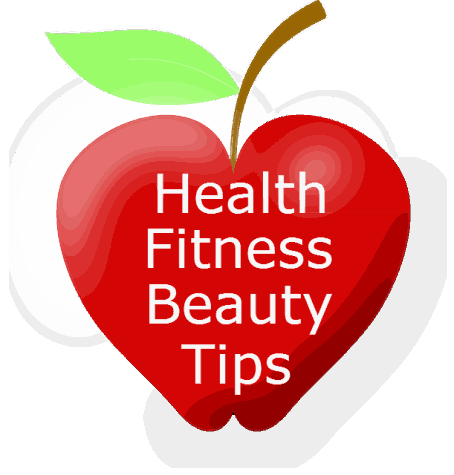Hide redness with corrective concealer. Normal concealers do not hide facial redness well, but a corrective concealer relies on the principle of complementary colors to balance out discolored skin
For facial redness, use a green-tinted concealer. Use small dots of concealer over the red areas of your face. Blend it in gently using your fingertips or a makeup sponge.If the redness persists over time or is too strong to be covered up by concealer, you may have a condition called rosacea. Contact your dermatologist if you think you may have it.Avoid applying a heavy layer. The concealer may or may not cover up all of the redness on your face. Even if a standard, moderate amount does not hide every ounce of unwanted red, you should avoid using a thick coating of it. The green tint might start showing through if there is too much concealer to blend into your skin.
Wear sunscreen. Your skin redness may be due to sun exposure. Use sunscreen before leaving the house, even when it seems cloudy. Facial and sensitive-skin sunscreens exist at your local drugstore.Sunscreen must be at least SPF thirty to be effective.Non comedogenic” sunscreen avoids clogging up your pores.You can also buy face makeup or moisturizer that has sunscreen in it.
Protect your skin from cold winter, In drier, colder weather, your face can get wind burnt and the particles in the air can strip away healthy layers of skin and damage the surface of your skin.If you protect them, your cheeks and nose will be less rosy once you step back inside a room.When your face is exposed to the cold, the blood vessels constrict, causing your skin to turn white. Once you step into a warmer area, however, all the blood rushes back to your face at once, causing your skin to become bright red.Wear a scarf, hat, or ski-mask made of non-irritating fibers.
Drink water and eat hydrating foods. There are some dietary changes you can make to help with the redness from the inside. Hydrating, cooling foods like carrots, sweet potatoes, apples, celery, coconuts, cucumbers, melons, peaches, papayas, spinach, and broccoli contain antioxidants capable of moisturizing your skin from the inside out.If your urine is a pale yellow that is almost clear, you are hydrated enough. If your urine is a concentrated yellow or orange-yellow, you should drink more water.By consuming more of these foods, you can protect your skin from drying out when exposed to cold winter air or other harsh, dry conditions.Avoid spicy foods, hot drinks, caffeine, and alcohol. These encourage skin redness and will only exacerbate your skin problem.
Apply cucumber to skin. Cucumbers have a high water content and many vitamins and minerals that can help hydrate your skin. Peel and slice a chilled cucumber. Lean your head back and place slices over any red areas of your face for fifteen to twenty minutes.Within that amount of time, the vitamin C in the cucumber should have reduced any pesky redness.Avoid rubbing cucumber over your skin, however, since the friction can cause further irritation.
Use green tea to skin. Green tea has anti-inflammatory agents and helps constrict blood vessels in your skin, which will help reduce redness and inflammation. Put several tea bags or a few tablespoons of loose leaf tea in a pot of boiling water and remove from heat. Let the tea steep for ten minutes. Once the tea steeps, pour it into a bowl and lay a washcloth in the green tea, soaking it up as the tea cools. When the tea is at room temperature, run the tea soaked cloth over your faceYou can also use chamomile and peppermint tea. Avoid using peppermint tea if your skin is sensitive.Make sure you use a cloth you don't mind getting stained. The green tea will have a color and will likely stain whatever cloth you use.Do not rub the cloth over your face vigorously, since that will irritate your skin further.
Cover your skin in petroleum jelly. Be careful putting petroleum jelly on acne-prone skin: it can make acne worse. For an extra layer of protection on your skin, you can spread a thin coating of petroleum jelly over your face. The petroleum jelly will prevent your blood vessels from constricting and expanding too quickly, which can reduce or prevent most facial redness.If you are unsure, apply to a small area of your cheek where your redness is not the worst. If your skin is redder or more irritated in a few hours, do not apply jelly to the rest of your face.
Use a cold compress. Cold temperatures can reduce redness by shrinking the blood vessels in your skin. This method is especially useful if the redness is accompanied by feelings of burning or swelling. For the cold compress, take a clean, soft washcloth and run it under cool water. Gently press it to the irritated area.You can also use an icepack wrapped heavily in towels, if you want to avoid a wet compress.You can also place a wet washcloth in the refrigerator for a few minutes to cool it before pressing it to your face.Do not use rough or cold washcloths.


No comments:
Post a Comment